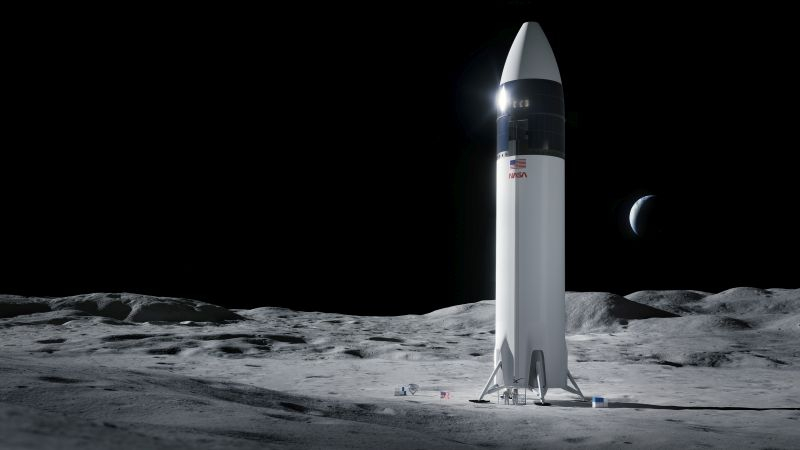Traditionally, Elon Musk used last Sunday to notify the public about his plans, this time his revelations concerned the prospects for the development of the private aerospace company SpaceX. By the end of 2026, it should send five unmanned missions to Mars, the success of which could lay the foundation for a subsequent flight to this planet by a spacecraft with a crew on board.

Image source: SpaceX
As Musk noted earlier, the choice of such a schedule is due to favorable astronomical conditions for flights, since during this period the Earth and Mars will be minimally distant from each other. If unmanned missions to Mars make it possible to practice landing on the planet’s surface, then a manned mission will depart in four years. If unmanned missions fail, SpaceX will postpone the launch of a manned spacecraft to Mars for another two years.
Earlier this year, Musk said that the first unmanned spacecraft would land on the surface of Mars in the next five years, with a manned mission to launch seven years later. The Starship launch vehicle recently demonstrated the ability to complete a flyby of Earth with a splashdown in the Indian Ocean. However, this year SpaceX decided to delay the launch of the Artemis 3 lunar mission, which involved landing people on the Moon, until September 2026. Previously it was believed that NASA would be able to carry out this flight at the end of 2025. Against this background, Japanese billionaire Yusaku Maezawa canceled his tourist flight on Starship in June of this year, which included flying around the Moon and returning to Earth.